Bac Giang attaches livestock farming to market
BAC GIANG- Although livestock farming in northern province of Bac Giang has robustly developed, there are a large number of small spontaneous models, which are not linked to consumption market. Thus, supply-demand imbalance occurs sometimes, causing losses for farmers and threatening stability.
Since late 2024, many chicken farmers in the province have faced difficulties in seeking market for the products while the prices are low, making losses from 20 to 30 million VND (778-1,167 USD) per 1,000 chickens.
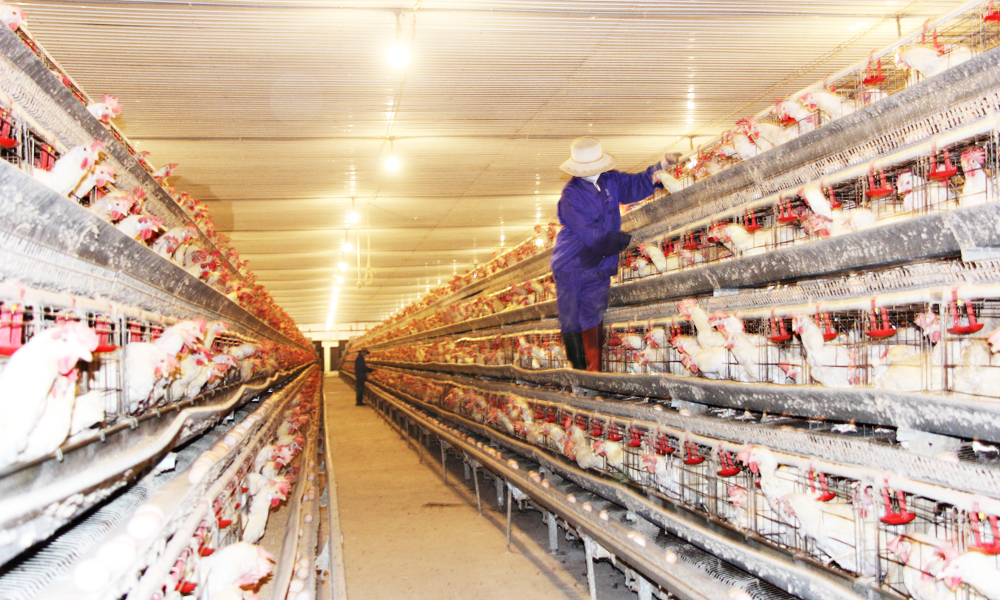 |
|
Kim Minh Tan Company Limited in Hiep Hoa district with egg-laying hen farming model connected to consumption market gains high and stable economic efficiency. |
This situation prevented farmers from restocking when they accepted to leave the farms empty.
Yen The district is the largest chicken farming area in the province. Although competent agencies and local government have concentrated on establishing the trademark to enhance competitiveness, chicken farmers are still worry about the market.
The reason for sharp decline in chicken prices and hard consumption is a dramatic increase in supply resources when several provinces in northern Vietnam have greatly developed chicken flocks.
Facing this situation, farmers should take careful account of proper restocking, especially developing livestock in chains linked with consumption market.
While spontaneous farmers face challenges in seeking market for their products, production models attached to processing and market enjoy stable consumption.
Particularly, the models of bio- hill chicken farming in the communes of Tien Thang, Dong Tam and Tan Hiep in Yen The district have been linked with Yen The Green Agricultural Cooperative at a scale of 60,000 chickens per year.
In this model, Yen The Green Agricultural Cooperative supplies breeds, animal feeds and medicine for the households, then they purchase, process and consume the products including vacuumed chicken, chicken pie, chicken sausage and dried shredded chicken.
| The province currently has 10 pig and poultry farming chains attached to processing and consumption, 2 goat and cow farming models and over 100 contract farms integrated into the linkage chains of some major livestock companies. |
The cooperative consumes more than 5,000 chickens per month at the fixed price of 70,000 VND (2.7 USD) per kilo. The products are distributed in many big supermarkets and clean food stores in some provinces and cities.
Hoa Phu AFC Clean Agricultural Cooperative in Bao An village, Hoang Van commune, Hiep Hoa district cooperates with 7 households in poultry farming under VietGAP standards.
The cooperative annually sells about 1,800 tonnes of commercial poultry to wholesale markets, processing facilities, restaurants and industrial parks.
The province currently has 10 pig and poultry farming chains attached to processing and consumption, 2 goat and cow farming models and over 100 contract farms integrated into the linkage chains of some major livestock companies such as CP, DABACO, ANT, Hoa Phat, RTD, MAVIN and Hai Thinh.
Besides, there are some clean pig farming and consumption models in Tan Yen and Hiep Hoa district.
According to Le Van Duong, Director of the Sub-department of Livestock and Animal Health (under the provincial Department of Agriculture and Environment), the province’s livestock scale with total herds of pigs (900,000 heads) and flocks of poultry (20 million heads) matches its potential and ensures supply-demand balance.
In the context of increasing market competition, it is necessary to strengthen the restructuring of livestock farming towards large-scale production and integrated supply chains.
Thanks to linkage, single producers are capable of establishing and managing cooperative trade brand, building trademark and managing product quality.
In order to accelerate establishment and development of livestock linkage chains connected to consumption market, the Agriculture Sector will continue to foster restructuring of livestock farming in closed chains, expand industrial scale and concentrate on maintaining household livestock farming towards professionalism and commercial production.
Besides, it will restructure livestock farming by increasing poultry and cattle proportion while implementing measures to boost pig restocking.
In addition, the Agriculture Sector will promote cooperation with other provinces and cities to share information about livestock situation to help farmers make proper livestock development plans.
 Bắc giang
Bắc giang

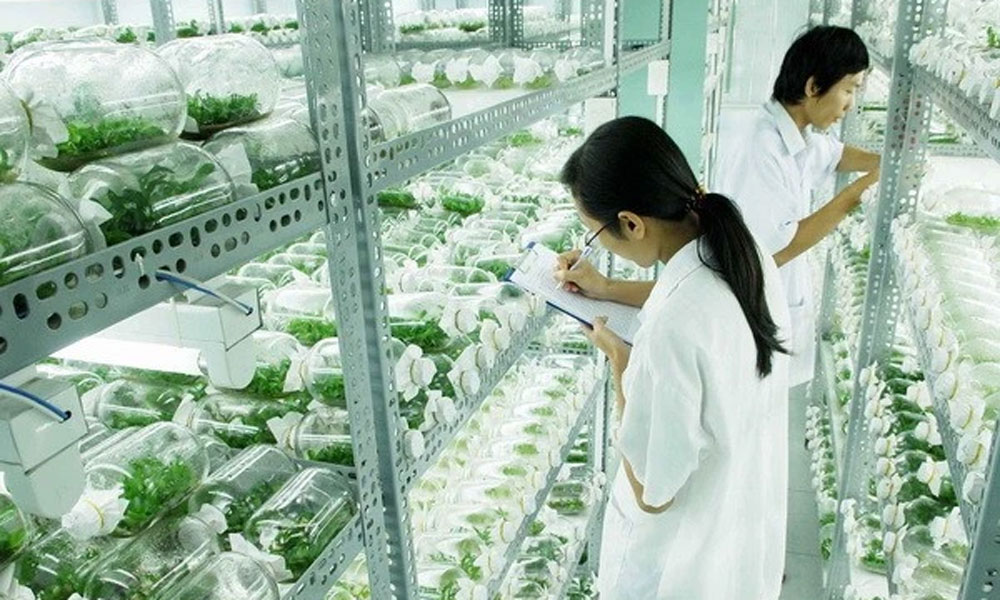
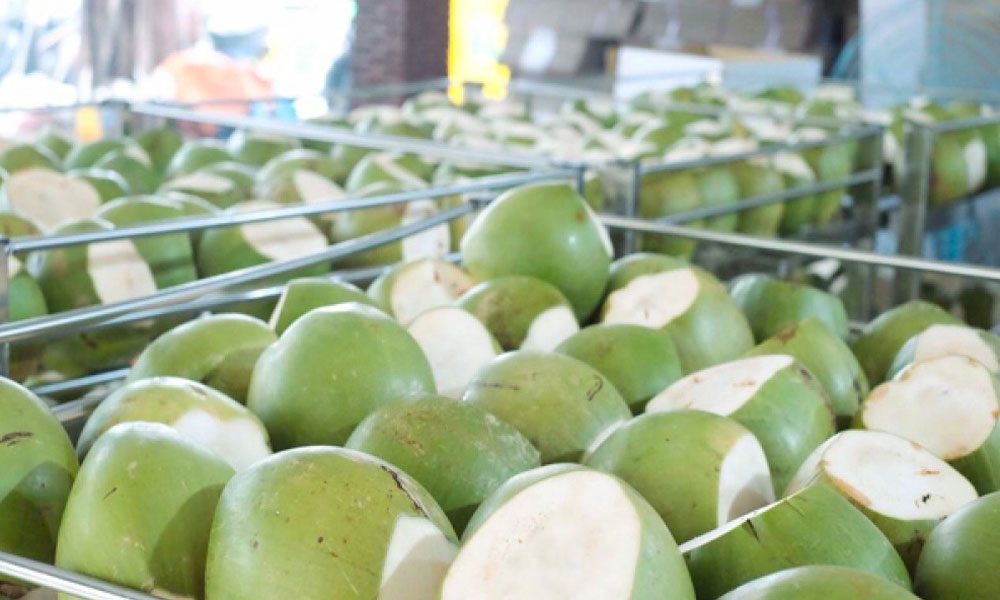


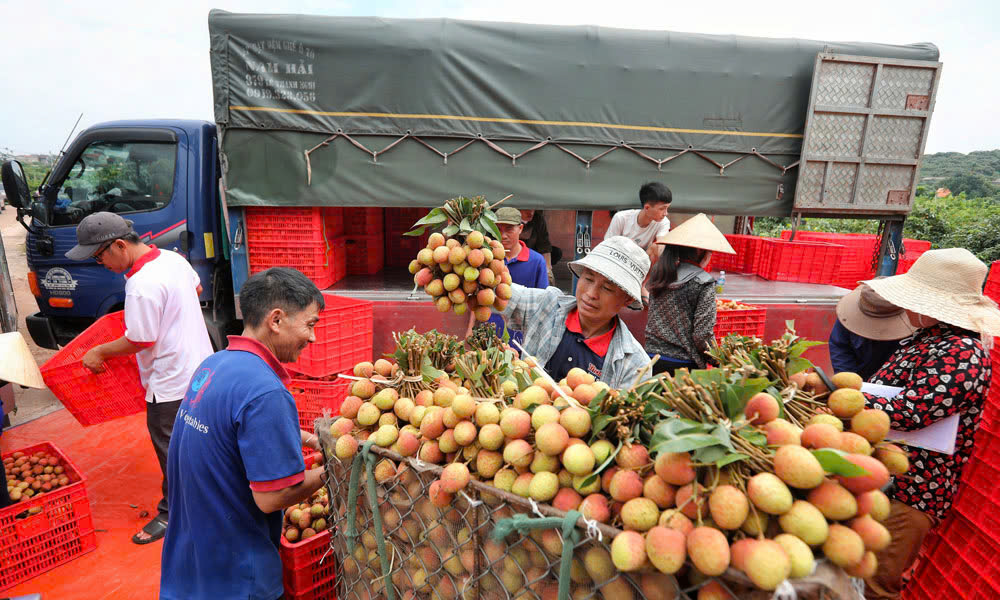
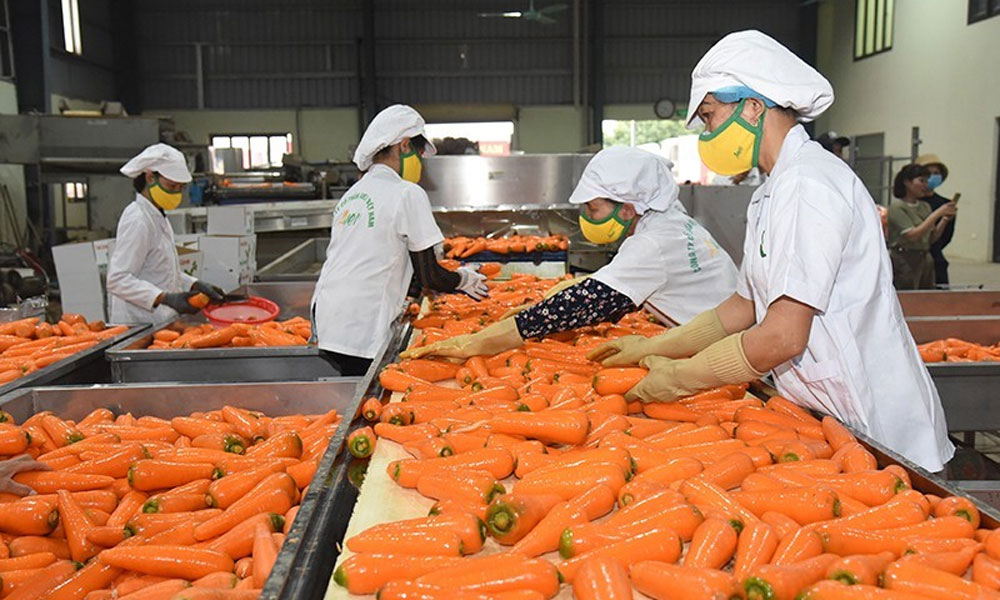
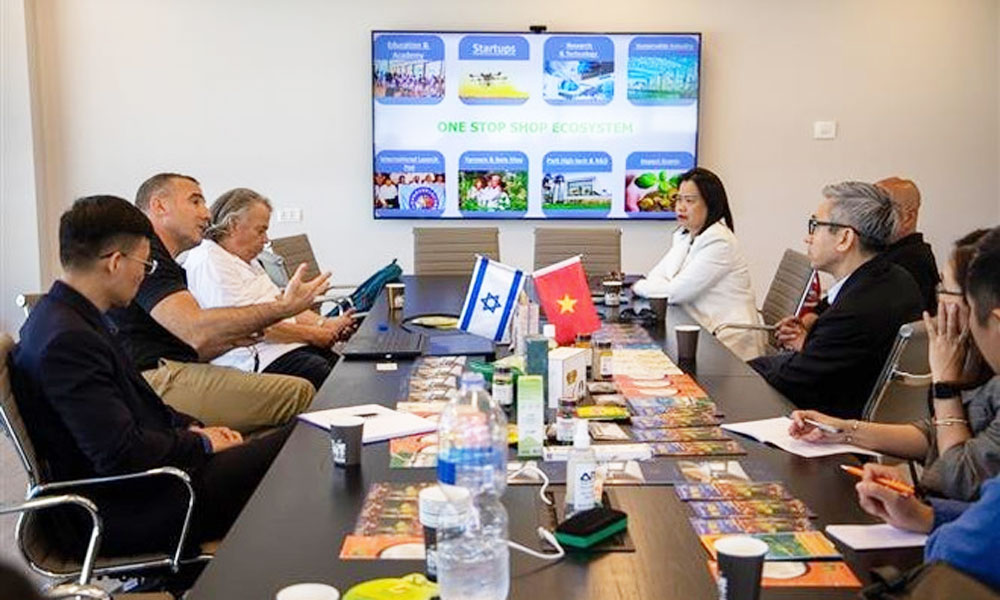
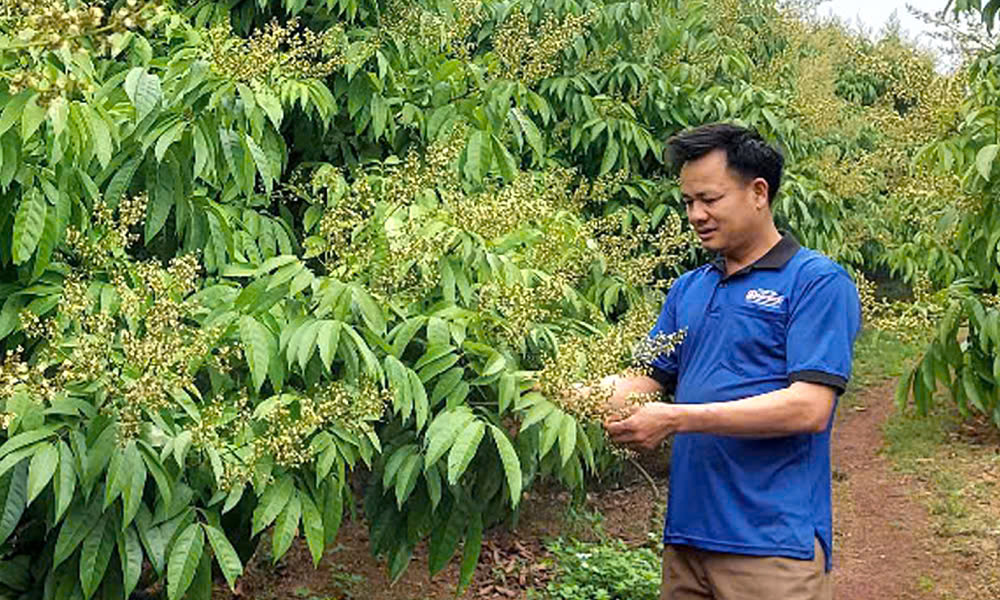
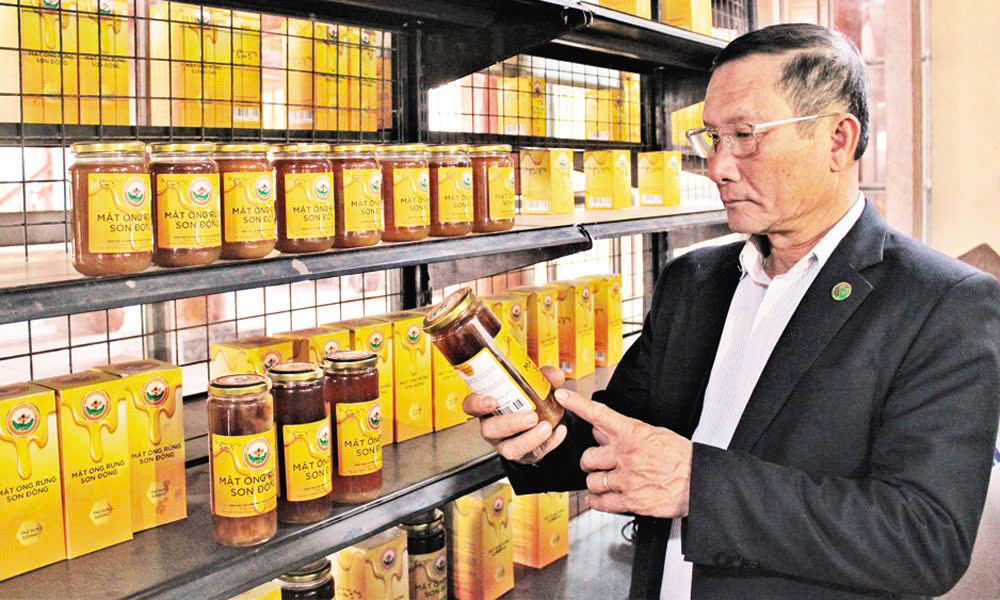
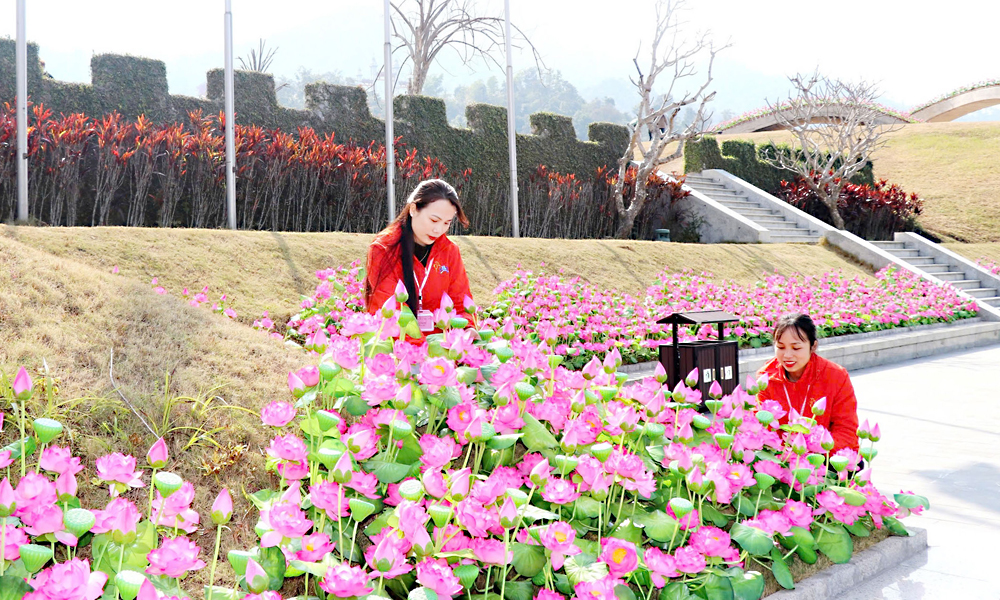

Reader's comments (0)